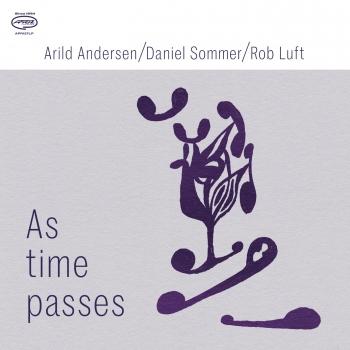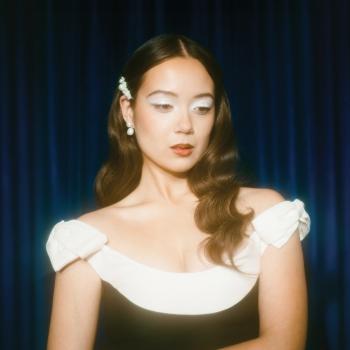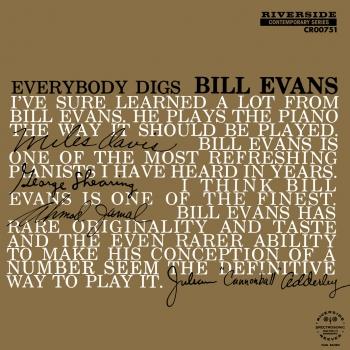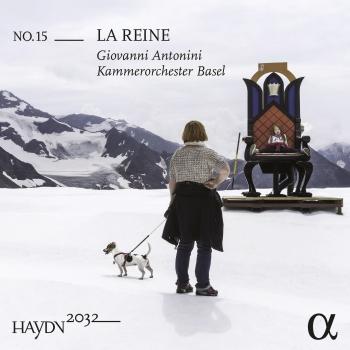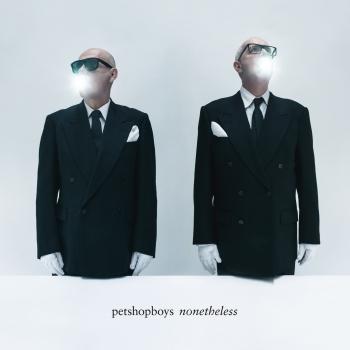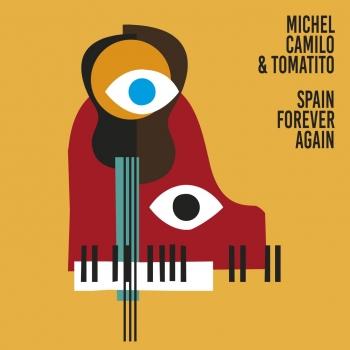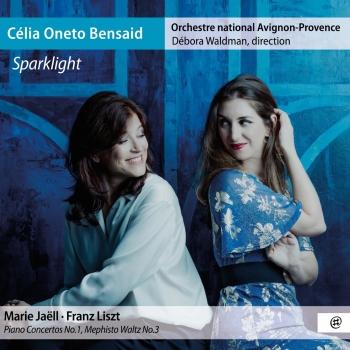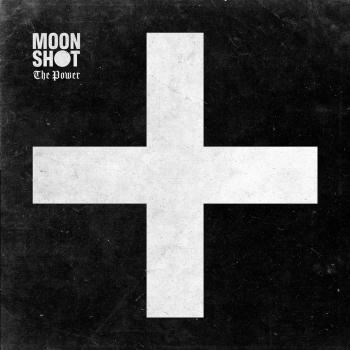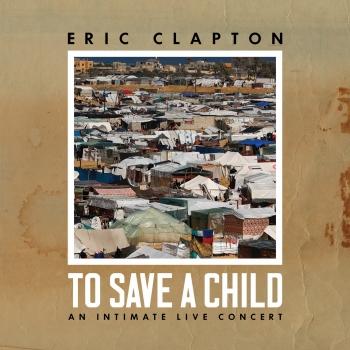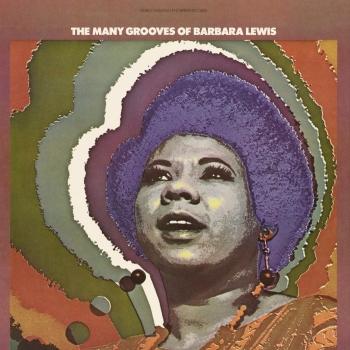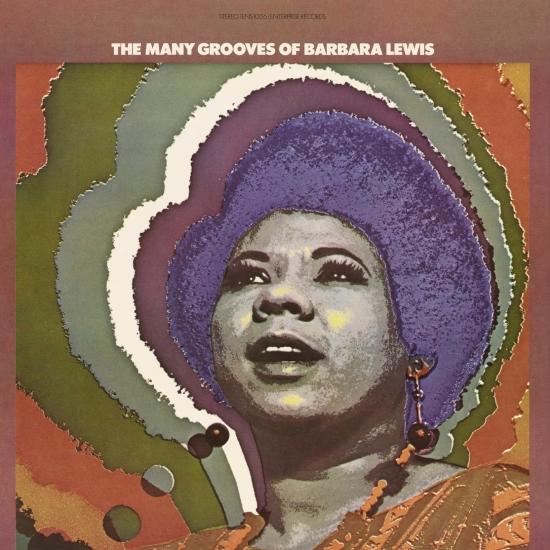
The Many Grooves Of Barbara Lewis (Remastered 2023) Barbara Lewis
Album info
Album-Release:
1969
HRA-Release:
13.10.2023
Album including Album cover
I`m sorry!
Dear HIGHRESAUDIO Visitor,
due to territorial constraints and also different releases dates in each country you currently can`t purchase this album. We are updating our release dates twice a week. So, please feel free to check from time-to-time, if the album is available for your country.
We suggest, that you bookmark the album and use our Short List function.
Thank you for your understanding and patience.
Yours sincerely, HIGHRESAUDIO
- 1Baby That's A No No (Remastered 2023)02:53
- 2Windmills Of Your Mind (Remastered 2023)03:54
- 3Slip Away (Remastered 2023)02:52
- 4How Can I Tell (Remastered 2023)02:19
- 5Break Away (Remastered 2023)02:30
- 6Oh, Be My Love (Remastered 2023)02:45
- 7Just The Way You Are Today (Remastered 2023)03:33
- 8Anyway (Remastered 2023)02:30
- 9But You Know I Love You (Remastered 2023)02:21
- 10You Made Me A Woman (Remastered 2023)02:29
- 11The Stars (Remastered 2023)02:41
- 12Do I Deserve It Baby (Remastered 2023)02:25
Info for The Many Grooves Of Barbara Lewis (Remastered 2023)
In the early-mid '60s, crooner Barbara Lewis made a name for herself with soulfully-poppy hit singles like "Baby I'm Yours," "Hello Stranger" and "Make Me Your Baby." But with her 1970 Stax debut, "The Many Grooves of Barbara Lewis," the singer-songwriter revealed a grittier, bolder sound. Highlights from this upbeat set include "The Stars" and "You Made Me a Woman."
"Although this late-'60s album isn't nearly as well known as Barbara Lewis' poppier mid-'60s hits, this is excellent sweet soul that avoids slickness. Still working with producer Ollie McLaughlin, Lewis recorded this set of strong soul-pop in Chicago. The slightly updated, gutsier tone of the arrangements did nothing to obscure her characteristically smooth and assured delivery." (Richie Unterberger, AMG)
Before fading out completely, Barbara Lewis got one last chance at parading her muse with this record, released on the Enterprise label — a subsidiary of Stax, founded largely to accommodate the early production of Isaac Hayes, even though Barbara was never much of a Hayes protege (at least, I am not aware of any of his songs that she'd covered). Once again, for some reason, the emphasis is on the «groove» side of Lewis, an artist whose smooth balladry had always been as far removed from «grooving» as possible — but if you understand «groovy» in the sense of "life, I love you, all is groovy", then you just might have something there.
The record continues well in the vein of its predecessor: pure ballads aside, there's quite a few rhythmic tracks with some energy and «bottom» to them, enough to compete at least formally with classic Motown material, if never in terms of catchiness or originality — not surprisingly, since, once again, most of the writers here are professional pop (and sometimes blues) experts, in touch with formulas but largely out of touch with the spirit. Once again, despite the label change, Lewis gets no chance at advancing her own songwriting techniques — and, who knows, perhaps she simply did not care by this time.
A few of the songs seem to want to feature a refreshed, revitalized Barbara Lewis singing in a deeper, more powerful voice — ʽBaby, That's A No-Noʼ opens the album on precisely this note, and Morris Dollison's ʽBreak Awayʼ (alas, nothing to do with the classic Beach Boys song of the same name) is a relative highlight in the same vein, although the former song has Barbara standing her ground against The Guy, while ʽBreak Awayʼ has her standing her ground against herself, because she can't break away from The Guy. Funky, soulful, lightly tragic, well framed by ghostly backing vocals, this is, I guess, every bit as good as any contemporary Diana Ross song, but there's a problem — Barbara Lewis as a strong-tempered character just does not come across as perfectly convincing; you can still tell that suave, sentimental numbers like ʽOh Be My Loveʼ and ʽAnywayʼ represent her natural turf. Therefore, on one hand, it is a relief to see a record that has more funky guitar, well-syncopated bass, and toe-tappy rhythms than all of Barbara's previous career put together — on the other hand, it is sad to see how unfit she is, in general, for feeling at home with this music.
It works fairly well as a finale to a mediocre, but inoffensive and mildly charming career: after this record, nothing whatsoever would be heard from Barbara in the music world, apart from an occasional nostalgic emergence (as of the 2010s, she can still be seen performing). Nevertheless, despite the mediocrity, there is still a certain small market for albums like these — clean, tasteful, thoroughly derivative, but full of tiny individual nuances that will not go unnoticed by serious fans of «soft R'n'B» — and while most of the world will probably only remember Barbara Lewis for ʽHello Strangerʼ and ʽBaby I'm Yoursʼ, a tiny smidgen of the world still might want to remember her for her many grooves, and there'd be nothing wrong with that.
Barbara Lewis, vocals
Digitally remastered
Barbara Lewis
She holds the distinction of being the first Michigan artist to record for Atlantic Records. During the 1960s, Barbara Lewis recorded three Top Ten R&B hits for the label, including a # 1 smash, “Hello Stranger”. In addition, she placed ten sweet, soulful songs on Billboard’s Hot 100 during the decade, ranking her second to only Aretha Franklin in terms of chart success for female solo artists from the state of Michigan.
Barbara Lewis was born on February 9, 1944, in the small town of South Lyon, Michigan. South Lyon in located 19 miles north of Ann Arbor and 45 miles west of Detroit. At the time of Barbara’s birth, the city’s population was just over 1,100.Barbara Lewis
Barbara Lewis
She grew up in a family that was deeply involved in music. Each of her parents had an orchestra and there would often be family gatherings that would evolve into jam sessions at which young Barbara would get to sing. Her bandleader father played trumpet, her mother and an uncle played saxophones, and she had an aunt who was a music teacher. In addition, Barbara’s cousin Sheldon Brooks had made a name for himself as a songwriter with tunes like “Some Of These Days (immortalized by Sophie Tucker) and “The Dark Town Strutters’ Ball”.
No doubt inspired by all the music around her, Barbara began playing piano, guitar, and harmonica and was writing songs at the age of nine. In an interview she gave in 1993, Barbara claimed that she had no career aspirations in music at that time. She was just having fun, performing in local talent shows and thinking about going into nursing as a profession.
That all changed after Barbara was discovered by Ollie McLaughlin. The former Ann Arbor disc jockey had promoted R&B shows during the 1950s that featured top vocal groups including the The Spaniels, The Dells, The Dominoes, The Clovers, and solo stars like James Brown, Little Willie John, Louis Jordan, and Ruth Brown. Barbara’s father had met McLaughlin when he went to Ann Arbor to play with his band. .... (michiganrockandrolllegends.com)
This album contains no booklet.

